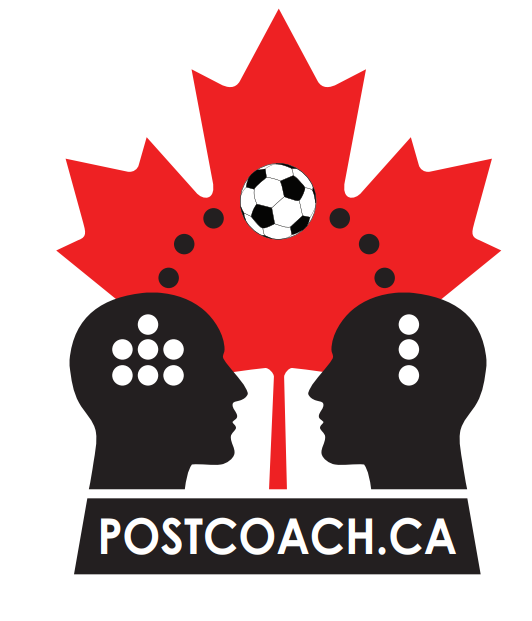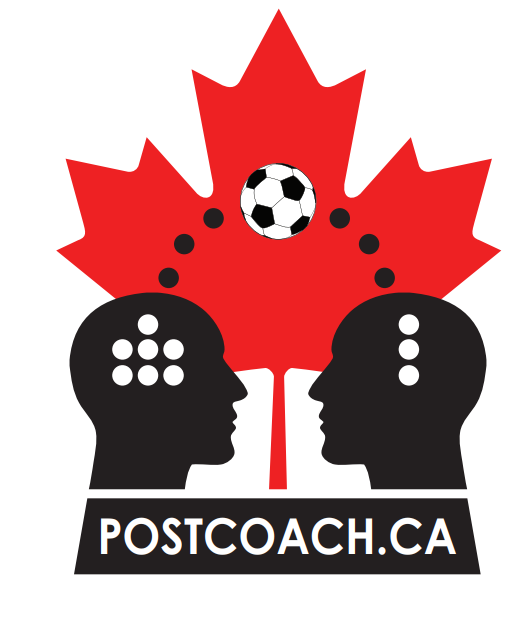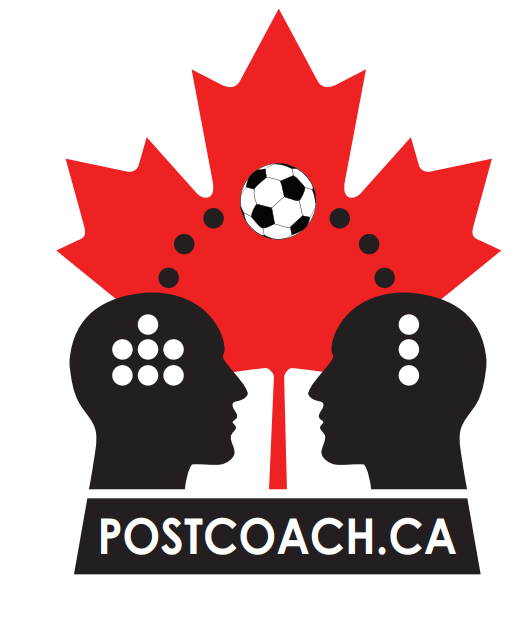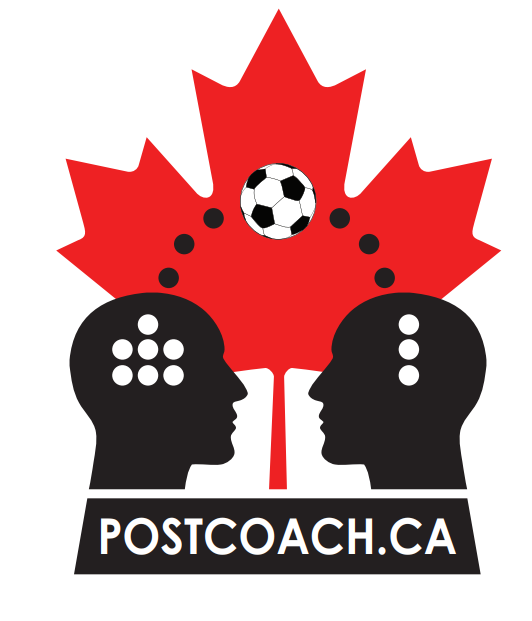Techniques for Mental Fatigue Recovery and Cognitive Enhancement

The following post by Grant Hayes of Soma Technologies from February 21, 2024 at https://www.linkedin.com/pulse/techniques-mental-fatigue-recovery-cognitive-grant-hayes-7arce/?utm_source=share&utm_medium=member_android&utm_campaign=share_via.
Athletes and professionals are constantly in search of proven methods to enhance cognitive performance and recover from mental fatigue. This blog post presents a variety of structured protocols that meld cognitive exercises with physical activities to sharpen cognitive performance. Designed to effectively manage mental workload and physical stress, each protocol aims for sustained performance and optimal recovery. These strategies are especially beneficial for moderating the intensity of cognitive training, facilitating recovery periods, and ensuring readiness for future cognitive and physical tasks.
PVT-B: Key Indicators to Monitor
- Increase in Reaction Time: A noticeable increase in reaction time post-training suggests an appropriate cognitive load was applied. This increase is a normal and expected outcome, indicating the training effectively challenged the athlete’s cognitive capacities.
- Lapse Count and Variation: An uptick in lapse count (responses slower than 355ms) and variation in reaction times also indicate a sufficient cognitive load. Increases in reaction time and/or lapse count are common markers of effective training.
- Baseline Recovery: Athletes’ reaction times should revert to their baseline, or close to it, by the next training session. If reaction times are significantly elevated in any subsequent day’s pre-training PVT-B test, it may signal ongoing mental fatigue, suggesting a need for adjustments in cognitive load or recovery time.
- Normal PVT-B Reaction Time: Typical reaction times for PVT-B tests range from 180-240ms. Times within this bracket signal normal alertness and cognitive readiness.
The Box Breathing Protocol
The Box Breathing Protocol kicks off with a baseline PVT-B test to gauge alertness. Participants then engage in 5 minutes of box breathing, a method celebrated for its mind-calming and concentration-boosting effects. After completing cognitive tasks at a reduced load, another 5-minute box breathing session is undertaken, ending with a final PVT-B test.
Protocol Phases:
- Baseline Assessment: PVT-B test (3 mins)
- Intervention: Box Breathing (5 mins)
- Cognitive Training: Varied Tasks
- Second Intervention: Box Breathing (5 mins)
- Final Assessment: PVT-B test (3 mins)
Binaural Beats Protocol
This protocol begins with a PVT-B test, followed by a 10-minute binaural beats listening session. This auditory intervention is designed to synchronize brainwave activity, fostering a state that enhances cognitive function. After performing cognitive tasks at a reduced load, participants engage in another binaural beats session before the concluding PVT-B test.
Protocol Phases:
- Baseline Assessment: PVT-B test (3 mins)
- Intervention: Binaural Beats (10 mins)
- Cognitive Training: Varied Tasks
- Second Intervention: Binaural Beats (10 mins)
- Final Assessment: PVT-B test (3 mins)

PVT-B Protocol: Addressing Mental Fatigue
Employing the PVT-B test and the Rating of Mental Fatigue Scale (RMF), this protocol concentrates on monitoring mental fatigue throughout cognitive training. It begins with a PVT-B test to establish a mental fatigue baseline, followed by the RMF scale after each task to swiftly gauge perceived fatigue levels. A subsequent PVT-B test evaluates the training’s impact.
Protocol Steps:
- PVT-B Test Pre-Training: Establish baseline mental fatigue.
- RMF Scale After Tasks: Measure perceived mental fatigue.
- PVT-B Test Post-Training: Evaluate training impact.
Considerations for Peak Performance and Recovery
Intentional overreaching in cognitive training calls for a lighter training period (5-7 days) afterward to ensure adequate recovery. Regular monitoring of reaction times and mental fatigue levels facilitates the customization of training intensity, effectively managing cognitive load over time. This approach prevents overtraining, boosts cognitive performance, and promotes recovery.
These protocols offer sophisticated strategies for cognitive enhancement and recovery from mental fatigue. By adopting a structured training approach that thoughtfully combines cognitive challenges with physical activity, individuals can enhance their mental sharpness and resilience. This fosters peak performance in both athletic and professional settings, leading to success and well-being.
About the Author:

Grant Hayes is the owner of Soma Technologies a leading cognitive performance training platform used and trusted by professional athletes, military and universities around the world.



